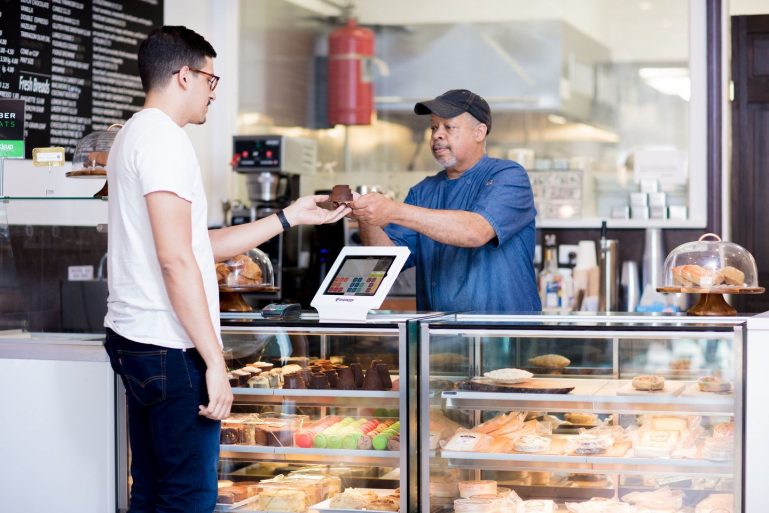Take deposits for products and services with ShopKeep!

From deposits to down payments, ShopKeep has got you covered for any type of sale.
We know that many of our merchants provide products or services that require their customers to leave a deposit or down payment in lieu of completing a transaction at a single time. You know this all too well if you make wedding cakes, host private events, or even sell kegs of beer. And if you do one of those things (or one of the many other use cases), you’ll be excited to hear that we’ve made this process much easier for you!
With this latest update, you can now take a deposit that you can return to your customer at a later time or take a down payment toward the full price of a product or service. And, as with all things ShopKeep, you get full transparency and reporting into these sales both as they are in progress and once they are complete.
Setting your business up to accept deposits
Setting your business up to accept deposits or down payments is easy and this feature is available right now for all merchants. I’ll provide a quick rundown of the setup process in this post, but recommend reading our detailed Support article about Liabilities and Redemptions if you’re looking for more information on the subject.
First, you need to activate the “Deposits” tender by visiting “Settings > Tenders” in your BackOffice. Find “Deposits” under the “Redeemable” heading and click the checkbox.
Second, you’ll need to create Deposit or Down Payment items to “sell”. These items can be a fixed price or priced-in-store, depending on whether or not their amounts will fluctuate. For example, do you always take a $25 keg deposit, or is it sometimes $50? Additionally, please make sure that these items are flagged as liability items, so that the tendered value you receive isn’t yet recorded as sales revenue.
Third, sync these changes with your iPad by tapping Get Updates in the Register app and you’ll be all ready to roll.
Deposits and down payments in action
Running a transaction with a deposit or down payment is super simple. You just need to include the deposit or down payment item in your transaction like any other item. Then, once you’ve completed a deposit or down payment transaction, there are two ways to handle the other end when your customer either returns the item on which there is a deposit, or wants to pay the balance on the item or service for the down payment.
In the first scenario of refunding a deposit, your customer put down a deposit on something they will likely return in exchange for getting their deposit back. This is often the case when selling kegs of beer or renting expensive equipment. When the item is returned to you in good condition, simply pull up the original transaction using either the receipt number or the last 4 of the credit card used, and return the deposit item. Simple as that! Now you have your equipment back, your customer has their money back, and the liabilities associated with that transaction are back down to zero.
In the second scenario of a down payment, your customer put down a portion of the total cost of an item or service as a down payment. This is often the case when a customer pre-orders a beautiful wedding cake or when reserving a large space for a private party. When the customer returns to pay the remaining balance, first confirm how much they previously paid, and then simply ring up the total bill as you would during a normal transaction. For payment, use the Split Tender function to apply the pre-payment amount by tendering that amount via the Deposit tender. Put the remaining balance on whichever form of payment your customer wants to use and voila!
Now you’re ready to start accepting deposits and down payments in your business! Learn more and study the details on our Support Site and let us know your feedback in the comments section or by emailing [email protected].
Want to try ShopKeep for yourself?
Just answer a few easy questions.
Need help finding the right point of sale?
Just complete the form. We’ll call you right back to explain how ShopKeep can work for you.
Hit the ground running.Sprinting, in fact!
Read our free, comprehensive guide, Small Business 101, to learn all you need to know about starting a thriving business.

